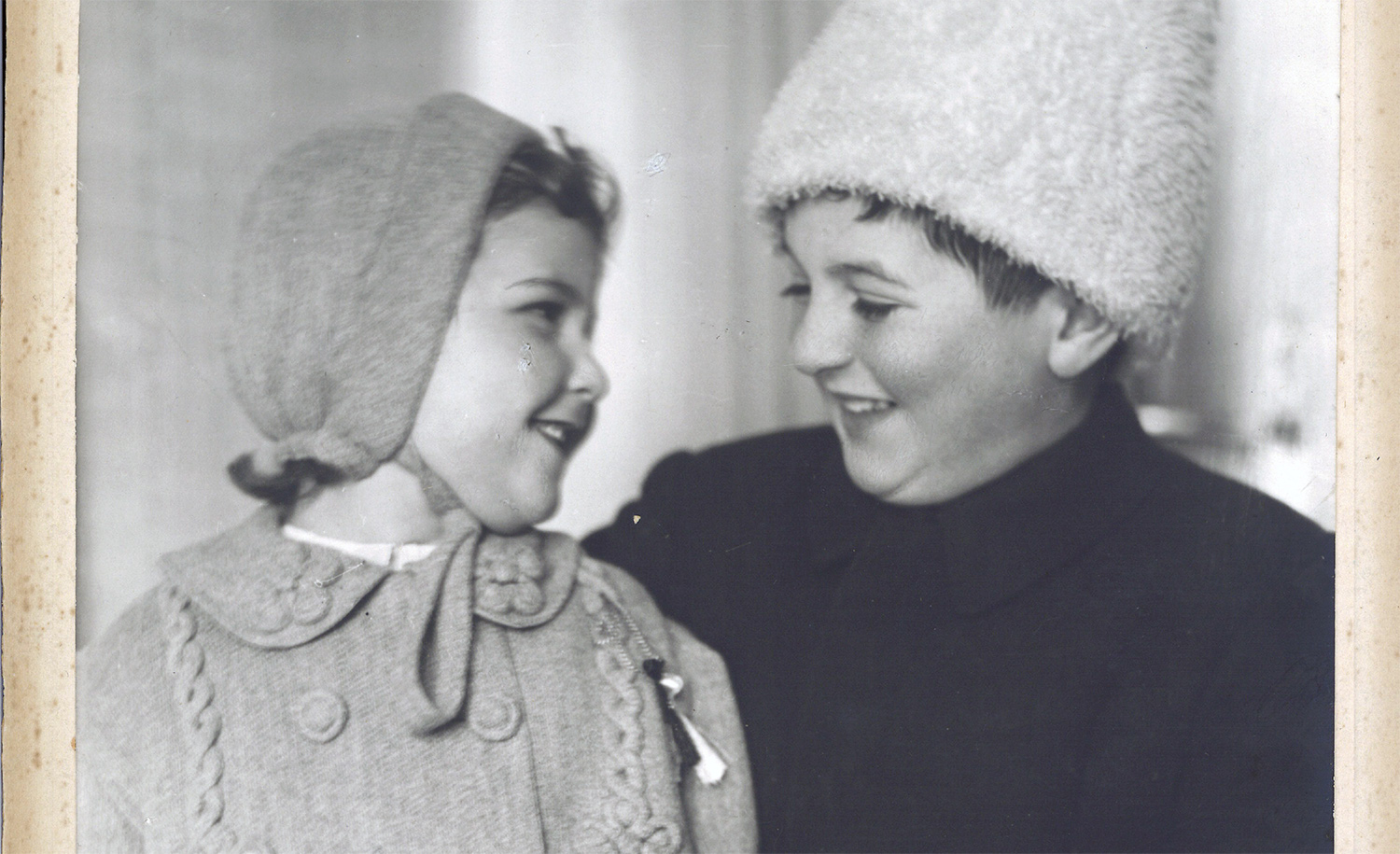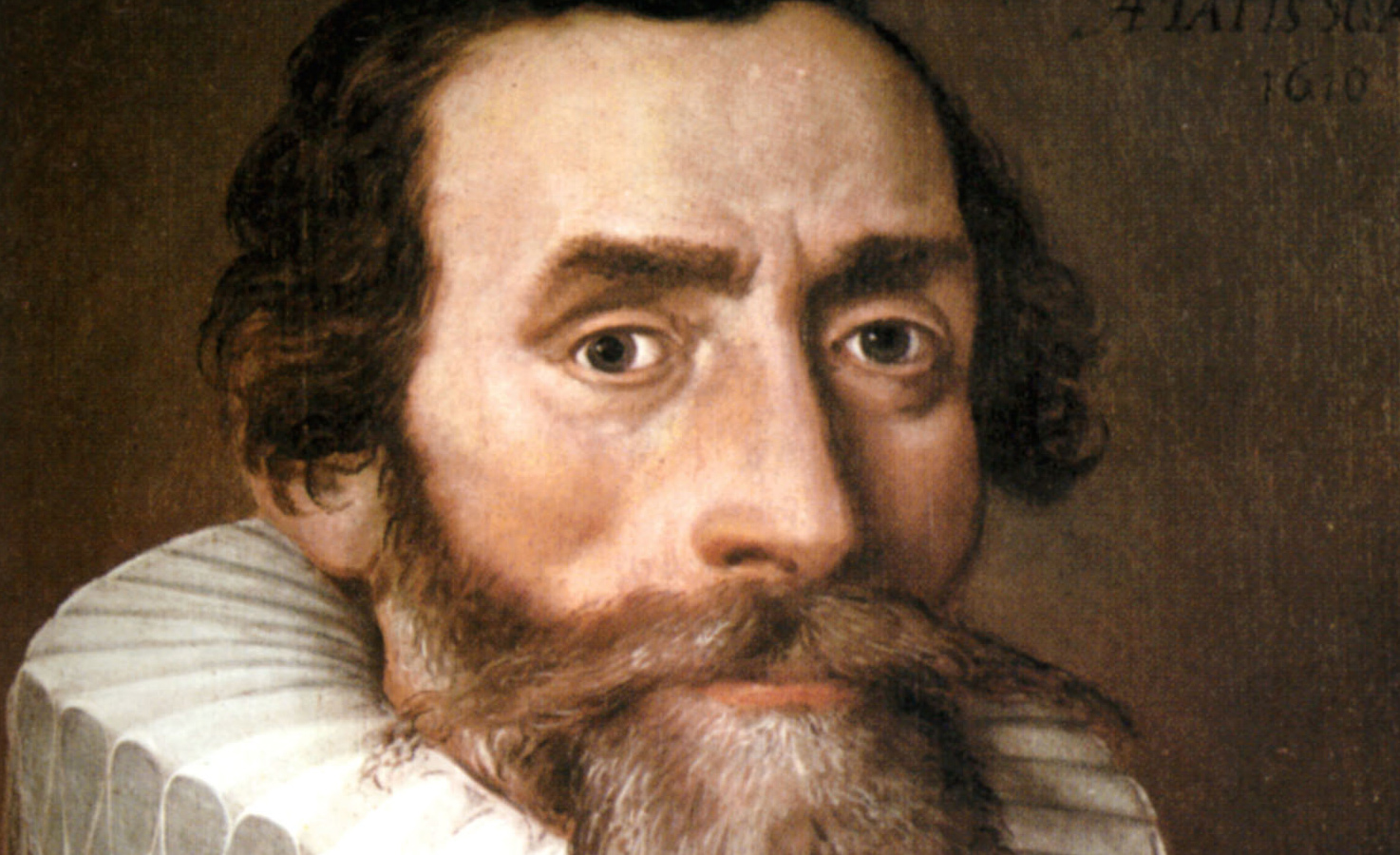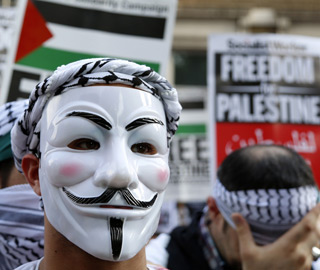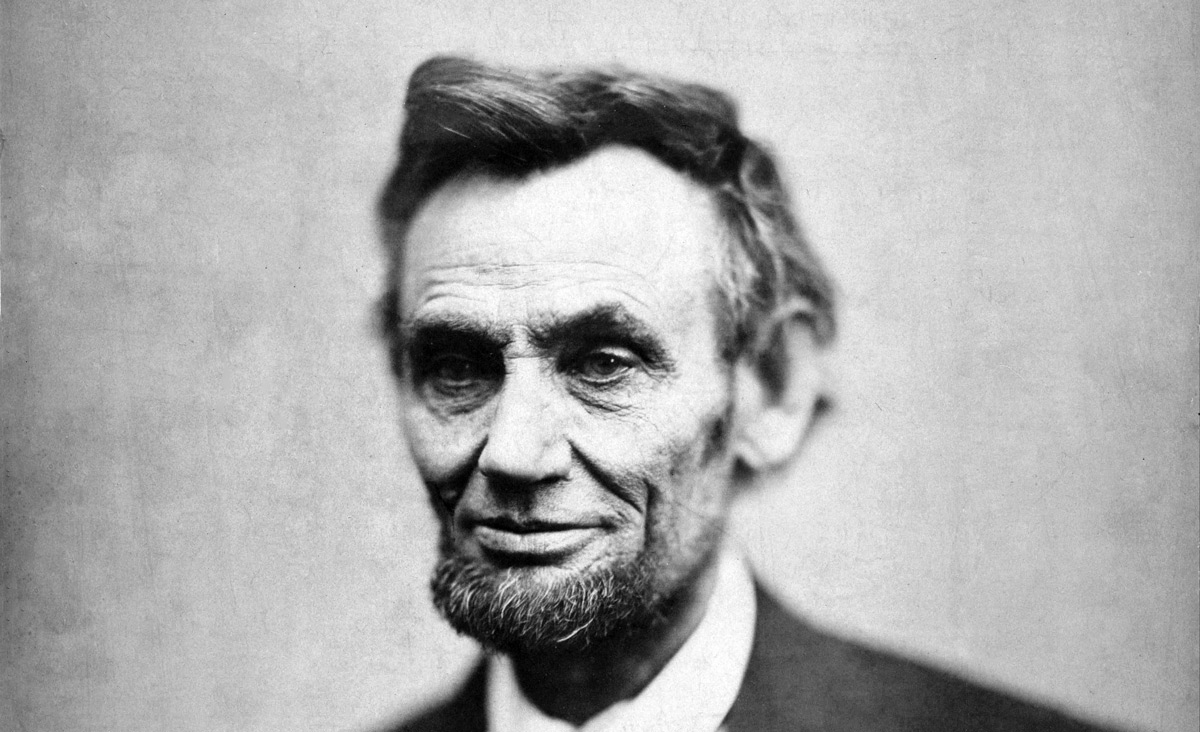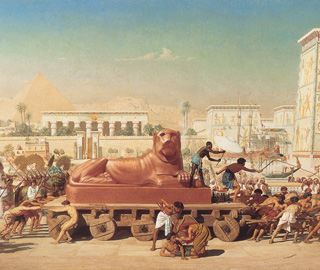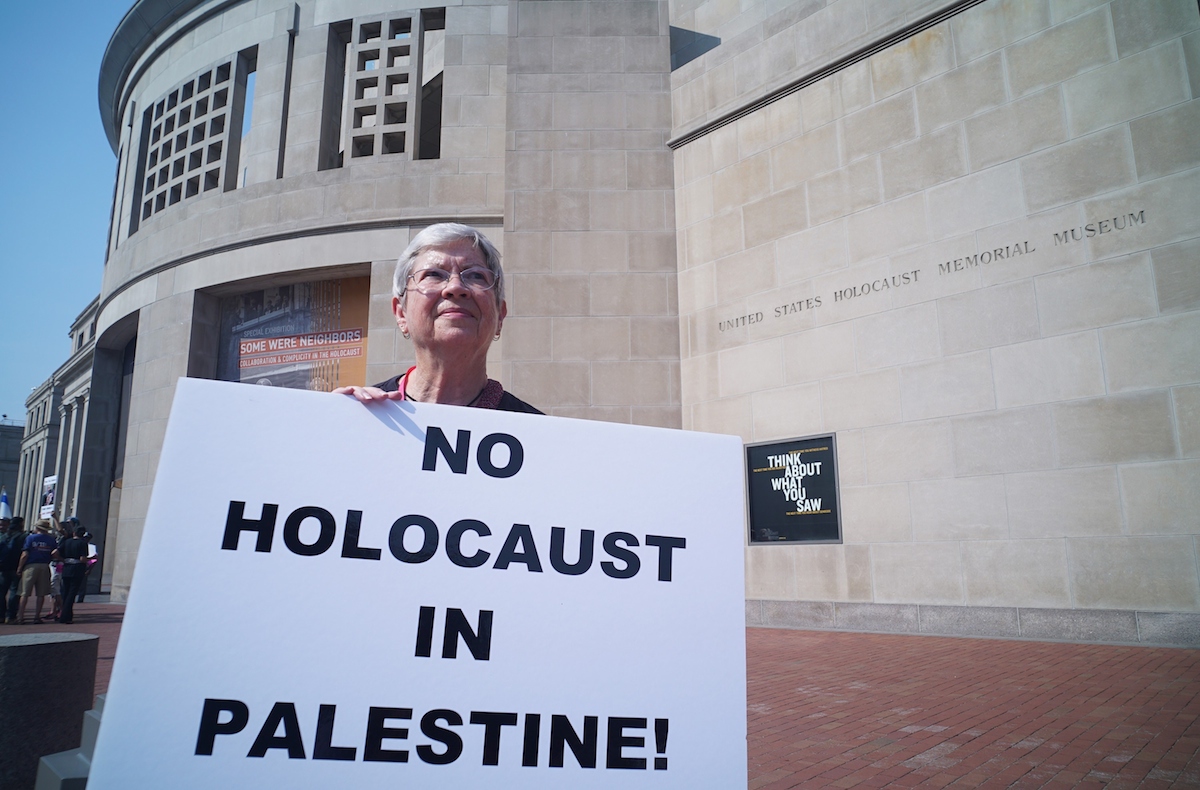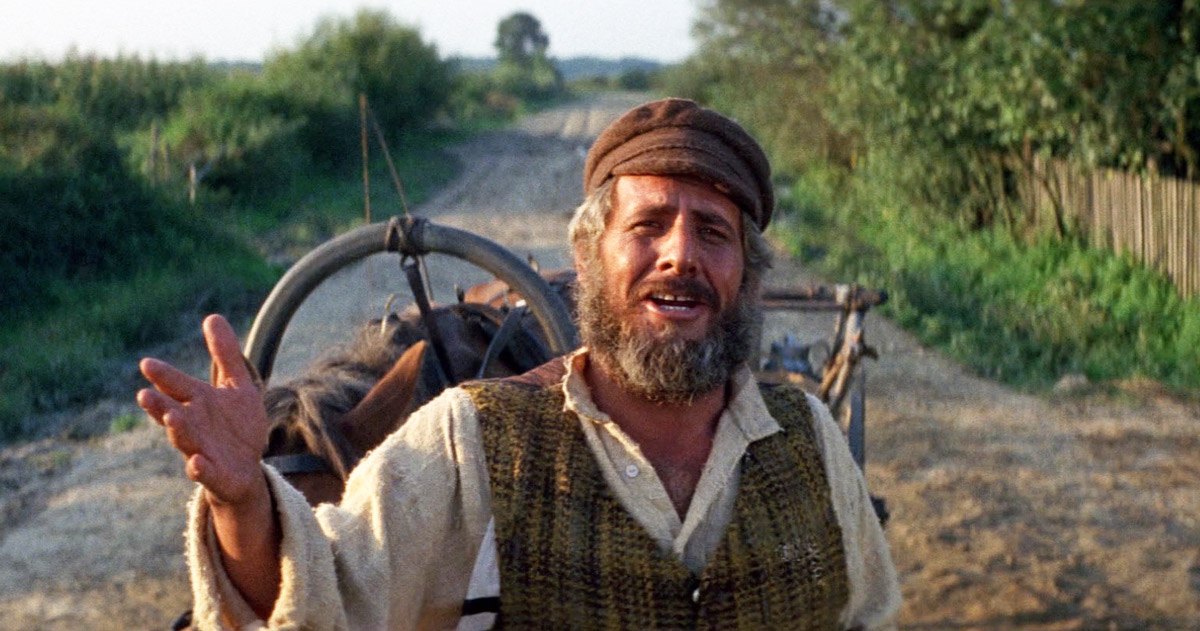new-registrations
On Martin Luther King Day, the ghost of the great civil-rights leader was summoned to condemn Israel. The problem? While alive, King had plenty of opportunities to do so—and never did.
It wasn’t easy for an entire Jewish family to escape Eastern Europe in the mid-20th century. Ruth Wisse’s did.
It’s not why you think.
Western statesmen and politicians have long asserted that the two-state solution commands majority support on the ground. Most Palestinians say otherwise.
The conventional wisdom says the problem is Israel. It’s wrong.
Ours is an era of museums celebrating the identity of nearly every group and ethnicity. But something else takes place when the identity in question is Jewish.
Anti-Semitism on American college campuses is rising—and worsening. Where does it come from, and can it be stopped?
As a powerful new exhibit shows, the 16th president felt a close connection to the Jewish people. Why?
Many are sure that one of Judaism’s central events never happened. Evidence, some published here for the first time, suggests otherwise.
Holocaust inversion—the claim that Israelis are the new Nazis and Palestinians the new Jews—has come to the American university campus.
Fifty years on, no work by or about Jews has won American hearts so thoroughly. So what’s my problem?

